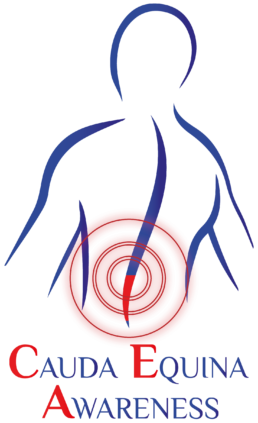In order to diagnose Cauda Equina Syndrome, it usually requires a combination of clinical symptoms and a scan that is consistent with those symptoms.
If you have suspected CES, you should expect to have an MRI scan.
There have been cases where the scan and clinical symptoms do not match up and this can lead to difficulties in diagnosis.
Your medical team will want to check what the cause of the symptoms is. They may want to exclude a tumour, disc compression, an infection, an existing disorder to the spine, or an haematoma.
Based on the findings on the scan and the clinical presentation, the medical team will decide the best course of treatment for you.
It is very important to monitor how your condition progresses and you MUST tell your medical team how your condition has changed over the preceding days/hours.
Be as clear as you can be about your symptoms and describe what you feel.
Some of the descriptions we have heard are:
“I had a long history of back problems but this pain was unbearable; I could not stand up”
“I have never had back problems but I reached up to get something out of the cupboard and my back just went”
“It felt funny when I wiped myself when I went to the toilet”
“I could feel the need to pass urine but when I actually went to the toilet I could not feel it coming out, even though I could stop and start OK”
“I had numbness and tingling down my legs”
“I could not go to the toilet without pressing on my bladder with my fist”
“I lost control of my bladder and wee was just coming out”
